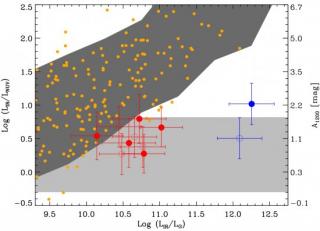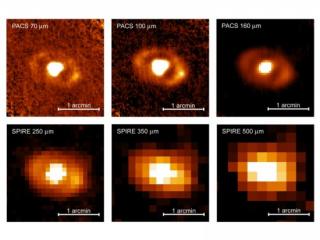![HST image of the Butterfly nebula obtained by the authors on 1997. Red is Halpha+[NII], green is [OIII]. HST image of the Butterfly nebula obtained by the authors on 1997. Red is Halpha+[NII], green is [OIII].](/sites/default/files/styles/crop_square_2_2_to_320px/public/images/news/resultados74_79.jpg?itok=p_jgDPaj)
The Butterfly Nebula (Minkowski 2-9) is an outstanding example of a highly collimated outflow from an evolved star. The formation of these extreme nebular geometries -i.e. how the (quasi)spherical symmetry that characterizes all the evolution of a solar-like star is broken when its envelope is ejected- is one of the most debated and controversial topics in the study of the late stages of stellar evolution. Minkowski 2-9 gives us clear hints of what it might going on. This hourglass-shaped nebula is extraordinary in several aspects, but its outstanding characteristic is undoubtedly its
Advertised on


